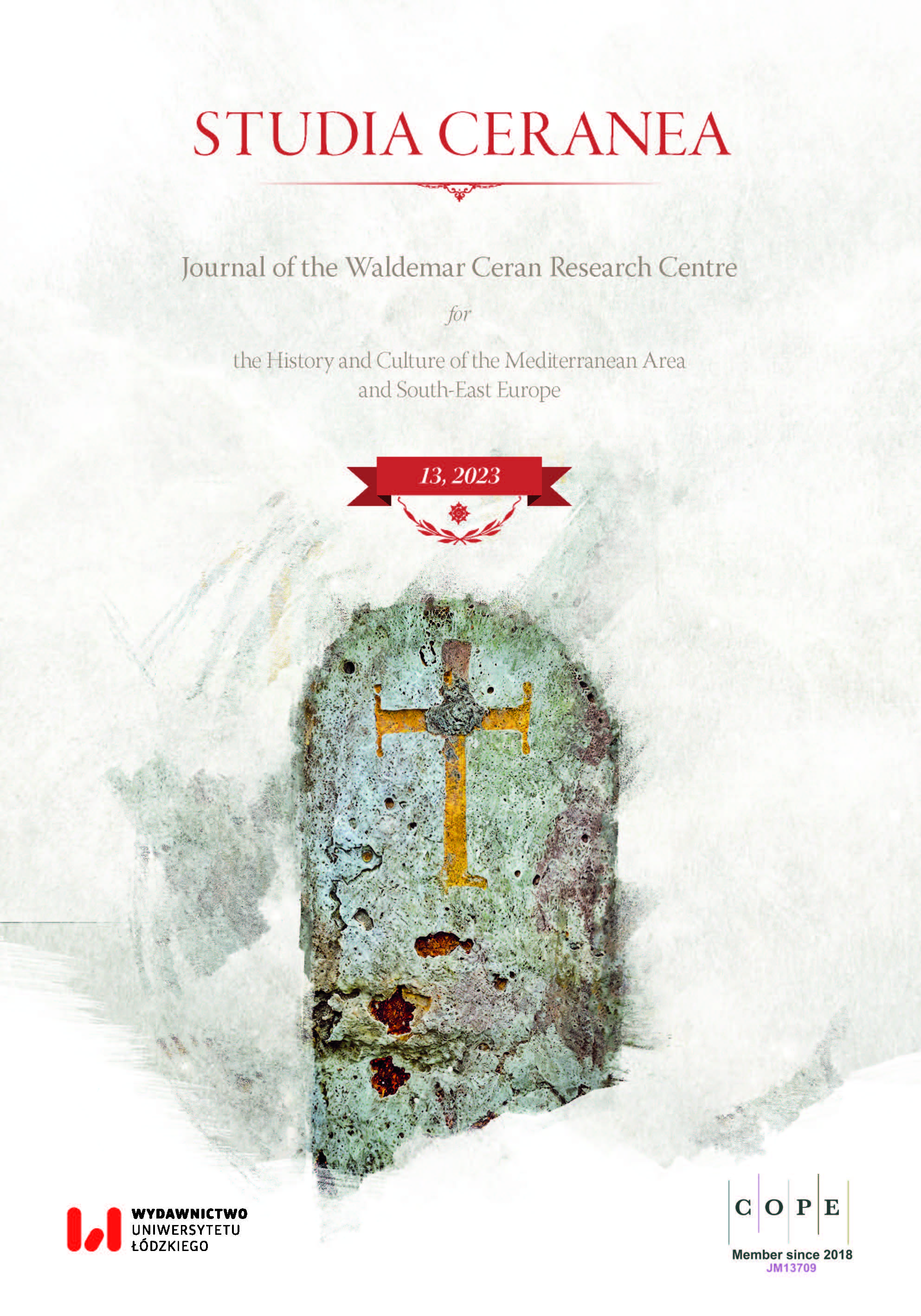“The Navigators”. Mediterranean Cities and Urban Spaces in the Passage from Late Antiquity to the Early Middle Ages (ca. 600 – ca. 850 CE)
“The Navigators”. Mediterranean Cities and Urban Spaces in the Passage from Late Antiquity to the Early Middle Ages (ca. 600 – ca. 850 CE)
Author(s): Luca ZavagnoSubject(s): Cultural history, Ancient World, Middle Ages
Published by: Wydawnictwo Uniwersytetu Łódzkiego
Keywords: city; Byzantium; urbanism; spatiality; regionalism
Summary/Abstract: The aim of the paper is to reassess urban trajectories in the Mediterranean during the passage from Late Antiquity to the early Middle Ages. This will be done by focusing on the sites of Amorium, Gortyn, Eleutherna, and Comacchio, places which transcend both the terrestrial and maritime, and the political and military frontiers of the Byzantine empire and the Umayyad Caliphate. Archaeology and material culture will be used – in a comparative perspective – to dissect urban bodies in terms of use of space and function of spatial relationship. This is in order to document the construction of urban models, structures, and infrastructures, which, although often stemming from diverse centralized political and administrative policies, nevertheless accommodated common, cross-cultural developments, including the creation of commercial and artisanal facilities, construction or restoration of religious buildings as foci of settlement, and resilience of local elites as a catalyst of patronage and levels of demand.Particular attention will be given to the role of public spaces as the frame of reference. Indeed, such spaces will be used to show how artistic and architectural displays operated, cultural assumptions could be (re-) discussed, and different types of buildings coexisted.In this respect, the paper will also explore the continuous importance of civic infrastructures and religious buildings as pillars of a yet coherent urban fabric, representatives of the power and wealth of local city-oriented elites, and conveyors of political, artistic, and spatial symbolism, as mutually recognized and experienced by the communities frequenting seventh-to-ninth century eastern Mediterranean urban spaces.
- Issue Year: 2023
- Issue No: 13
- Page Range: 165-187
- Page Count: 23
- Language: English

